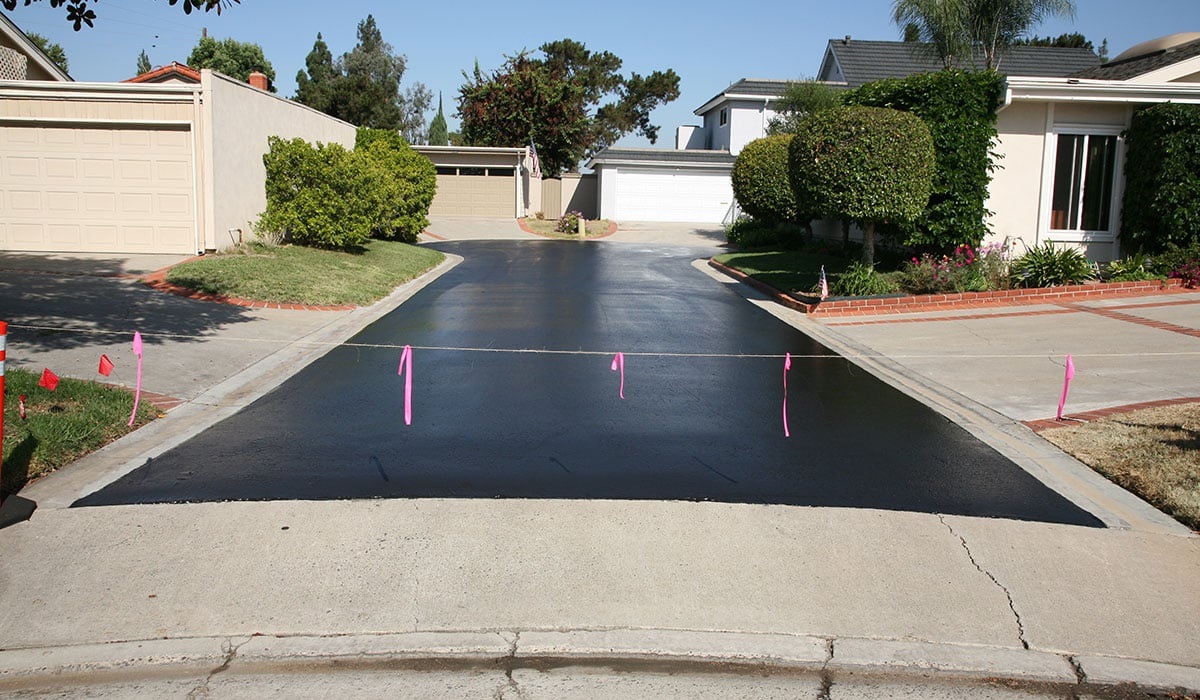
Sealcoat asphalt to beautify and last. Sealcoat drying time should be addressed while building walkable or driveable projects. Knowing how drying works and what impacts it can help you plan and get the greatest outcomes. Knowledge of the scheduling can assist prevent early damage to the finish. In this article you should know about asphalt sealcoat to dry.
Important information
Weather, surface condition, and application thickness affect sealcoat drying time.
Understanding Sealcoat Composition
Protective sealcoat is formed of water, natural fillers, and solid components. It is placed on the tarmac to protect it from weather, oil spills, and wear. When liquid material is laid down, it cures and hardens, protecting the earth. Drying involves several steps, from surface to finishing.
Standard Drying Time
How long does seal coat take to dry frequently asked question. If all goes well, the surface should dry in 4–8 hours. It’s not yet traffic-ready. For low-traffic regions, wait 12–24 hours. Heavy traffic requires 24–48 hours for the sealcoat to dry enough to withstand weight. Complete drying might take 72 hours or more, depending on conditions. This is when the sealcoat is strongest and best protected.
Weather affects drying time
Sealcoat drying depends on temperature and humidity. Warm, dry weather accelerates drying because mixing water evaporates faster. High humidity and cool temperatures hinder drainage, making the surface less traffic-ready. Rain can ruin undried material or create uneven patches if it rains too soon after application.
Application and Surface Criteria
Drying time depends on asphalt quality. Washing and preparing surfaces helps paint spread evenly and dry fast. Thicker paint or several layers dry slower. Covered or poorly ventilated regions may recover slower than sun and air.
The Best Drying Methods
Plan your sealcoat application around the weather report to ensure appropriate drying. A few dry, sunny days with ordinary temperatures can help sealcoat cure fast. By limiting early traffic while it dries, scratches, lines, and long-term surface damage can be avoided. Using signs and dividers to identify the sealed area prevents accidental use.
Premature Use Effects
Pre-scorched areas can be dangerous for automobiles and humans. Sealcoat might migrate, creating tire marks, streaks, or holes. It can also harm the protective layer, making the cover less effective and needing additional repairs.
Correct healing prolongs life, prevents damage, and maximizes security.
Conclusion
Weather, surface, and application affect asphalt sealcoat drying. While the surface may dry rapidly, letting it cure will maximize performance and look. People commonly question how long seal coats dry. The answer depends on the scenario, but long-term protection and durability need patience and preparation.




